Bats are fascinating creatures – but that doesn’t mean everyone wants to share their home with them! And once they’re in, you may not be able to get rid of them – many bat species are protected by law.
So the best option is to prevent them ever setting up shop in your property. But how do bats get in the house in the first place?
That’s what we’re here to find out. And armed with this knowledge, you’ll be able to take the right steps to prevent bats in your belfry!
Ready to find out more? Let’s get started!
An introduction to bats

Bats are amazingly successful creatures. There are an astonishing 1,400 species worldwide, of which 45 live in the USA and Canada.
Despite having wings, they’re mammals rather than birds. In fact, they’re the only mammal that truly flies (flying squirrels just glide). And they account for a fifth of all mammal species.
The wings of bats are actually adapted forelimbs. Their long digits are covered with a thin membrane called a patagium. It’s a very effective design, which makes them more agile in flight than most birds.
There’s huge variation between bat species. The smallest, Kitti’s hog-nosed bat, is around just 1 ¼ inches long. The largest, the giant golden-crowned flying fox, has a staggering wingspan of over 5 ½ feet.
Where do bats live?
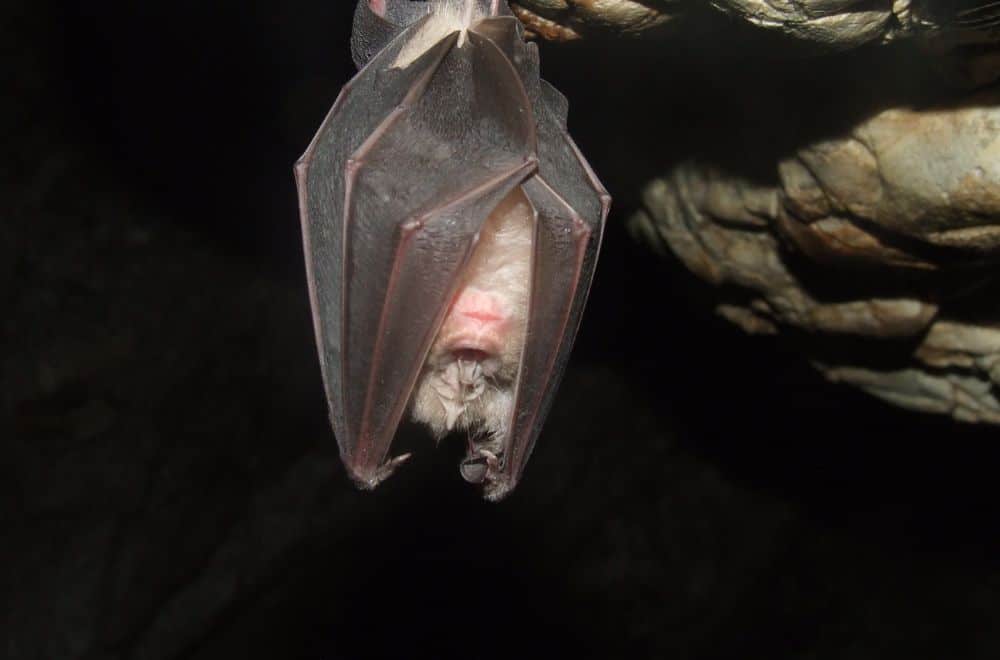
Most species of bat are nocturnal, meaning they’re active at night. And that means they need safe places to rest during the day.
These can be natural habitats like caves, rock faces or trees. But bats can also make use of man-made spaces including mines, old buildings and bridges. And from time to time, they may venture into people’s homes.
So how do they get in?
How Do Bats Get in the House?
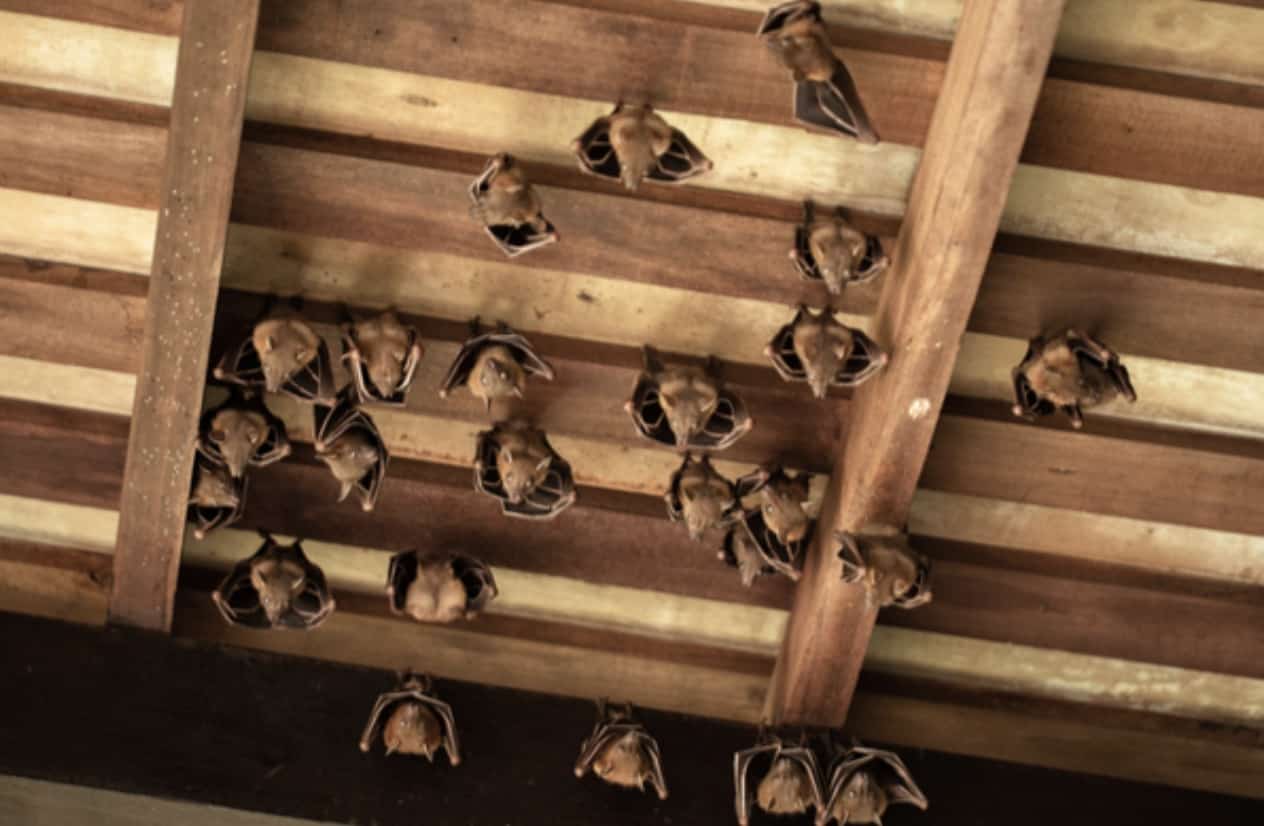
Image Credit: varmentguard
Unlike rodents, bats won’t damage buildings to get inside. They don’t claw through walls or chew on timbers. So if a bat has got inside your home, it will be because there was an opening for them to do so.
That’s most often something as simple as an open window. And if a bat has flown inside, it’s likely that it’s either confused or needed to take shelter, for example, from heavy rain.
And if you have a cat, Tiddles might be the culprit! Cats will hunt bats, although they’re unlikely to be successful in catching them unless the bat is old or injured. And while they don’t eat them, they will play with them.
The importance of regular building maintenance
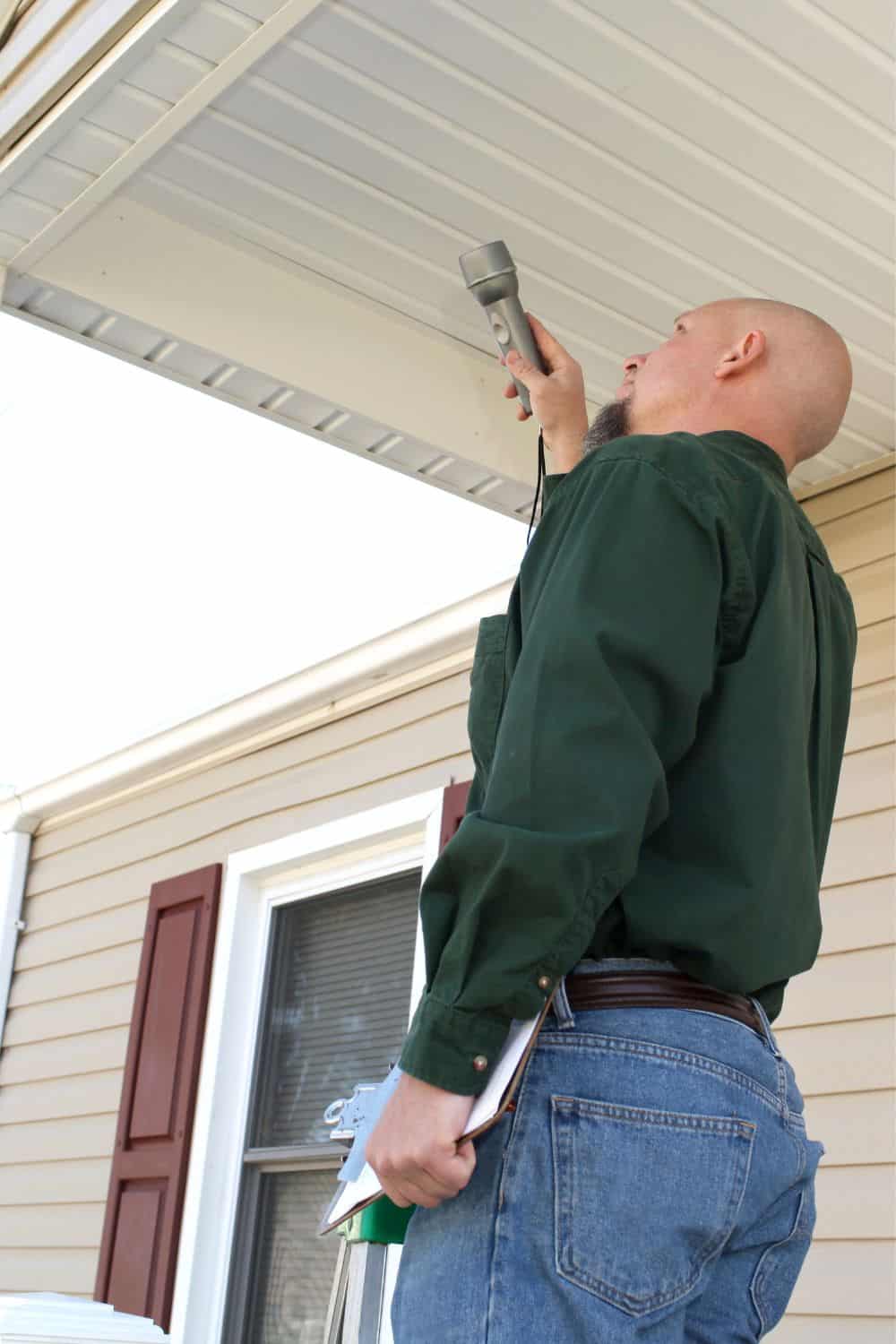
The good news is, it’s relatively easy to stop bats getting access to your home. Shutting your windows at night is a good starting point. That’s particularly important when it’s raining (and it will prevent your interiors getting soggy into the bargain!)
If you’re in an area with a resident bat population, it’s also a good idea to check your roof regularly. Make sure there are no cracked or missing tiles, or damaged roof vents, which could provide an access route for bats. Use caulk or flashing to seal up any potential entry points.
Check your soffit too. Over time, gaps can open up as the materials loosen. Check out areas around dormer windows, or where separate pieces of soffit meet at a ridge or gable.
Any gap wider than about half an inch can provide an entry point for a bat.
Barrier methods
You can also put additional barriers in place to stop bats entering at the ridge vent on your roof.
A ¼-inch hardware screen is ideal for this. Just take off the cover of the vent and place the screen along its entire length. Then install the vent and ridge cap shingles.
Your ridge vent is now bat-proof! And the barrier will keep out other small critters too.
How to prevent your cat catching a bat

Despite not eating bats, cats’ interest in playing with them is a leading cause of bat fatalities. Even a tiny amount of cat saliva can cause infection if it gets into the bat’s bloodstream.
And if a cat has found a colony, it may lie in wait and catch several bats. That means the potential for all those bats to be brought into your home. And it could also put the survival of the whole bat colony at risk.
One of the most effective ways to prevent this from happening is to keep cats inside when bats are active. Given bats’ nocturnal habits, this shouldn’t be too challenging. Bring your cat in half an hour before sunset, and ideally keep him or her in all night.
That’s particularly important during the summer months, when bats are breeding. An injured bat won’t be able to return to its young, dooming the babies to starvation.
If your cat is a dedicated night prowler, however, the next best thing is to keep him or her in for an hour after sunset. That will keep cats out of the picture during the bats’ most active period.
Provide alternative shelter
A good way of helping to prevent bats entering your home is to give them better options. And you’ll also be helping to conserve protected species – it’s a win-win!
Installing bat boxes around your property will give bats plenty of more suitable places to take shelter. They’re not very expensive, and you could even make them yourself. It’s a great project to do with children, and you can find step-by-step instructions here.
How do you know if you have bats in your home?
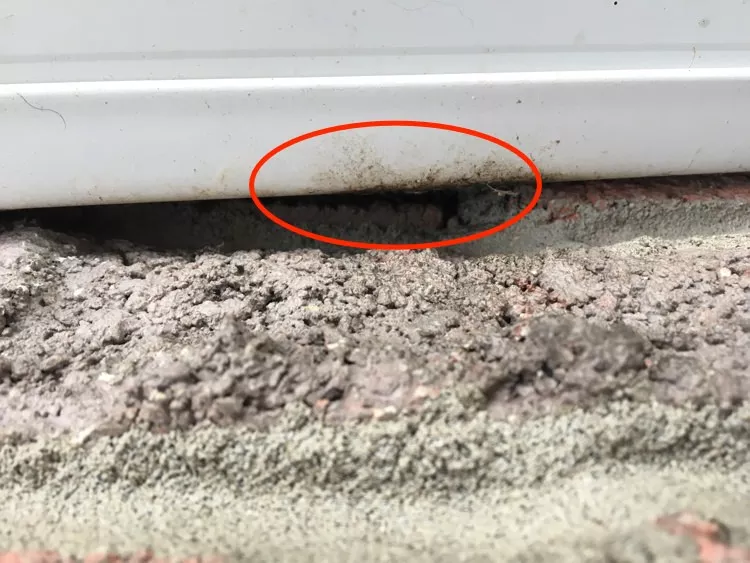
Image Credit: ontariowildliferemoval
But what happens if you think bats might already be sharing your home?
Well, the first thing to know is what clues to look for.
One of the most obvious is the presence of guano – bat droppings. These look like mouse droppings but are larger. Guano usually appears near the entrance to the roost. Likely spots are windowsills, walls, and porches.
Bat urine may be present too. You may spot stains on walls or the ceiling. And there may be rub marks around any holes in the exterior of the building. Bats sometimes make these as they enter and exit.
Bats tend to be pretty quiet creatures, so often you won’t hear them at all. The exception is if the colony is startled by something. In that case, you may hear a sudden outburst of squeaking or scratching. And occasionally, you may hear the bats during the night, when they’re livelier.
If you suspect you have bats, it’s usually fairly easy to do a visual check.
Find somewhere you can sit outside your house when the sun goes down. Wait quietly, and if there are bats present, they’ll leave at sunset to go hunting. Watch closely, and you may also be able to spot their access point.
What to do if you have bats
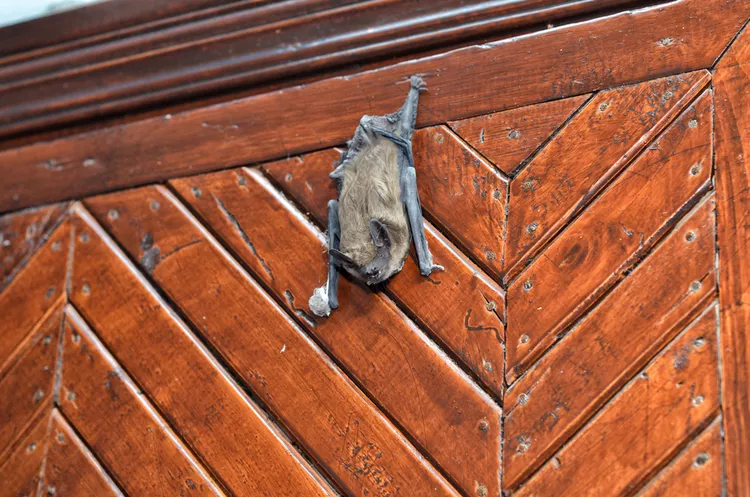
Image Credit: treehugger
So it’s confirmed – there are bats in your house! What do you do next?
If they don’t bother you – and there’s no rule that says they must – you might well decide just to leave them alone.
But if you do want to evict them, your next step depends on the time of year. If it’s before the middle of August, you’ll need to sit tight for a while. It’s prohibited to disturb bats until their babies are born and are able to fend for themselves.
If it’s after mid August, you can call in professional wildlife controllers to remove the bats. The Bat World Sanctuary provides a list of approved professionals who can carry out this work effectively and humanely.
It is possible, however, to exclude the bats yourself. If you want to do this, it’s important to recognize that it’s not as simple as waiting for them to leave then stopping up their entry point.
As we’ve already seen, bats are quiet little critters. It can be very difficult to know whether they have all left. Fortunately, there’s a simple way to deal with this – installing one-way valves that allow the bats to leave but not to re-enter.
You can buy these “exclusion tubes” or make them yourself. They need to be about 2 inches in diameter and about 10 inches long. They must have a smooth surface, which won’t allow the bat to get a foothold.
Empty plastic tubes used for caulking are a good option. Cut off both ends and clean them thoroughly. From the outside, put the tube into the opening where the bats are getting in. It should project no more than a quarter of an inch into the opening.
Secure the tube in place using caulk, staples, nails or screws. Seal any gap between the side of the tube and the opening with caulk too. There are step-by-step instructions on how to do this here.
The slippery sides of the tube will allow the bat to leave but not to return.
How bats get into houses
We hope you’ve enjoyed learning how bats get in the house! The good news is that they won’t do any damage to gain entry. So regular maintenance and a few simple measures can be very effective in keeping your home bat-free.
If you do have bats already, though, remember that they’re protected by law. Removing them needs to be done with care, and can only happen between late August and December. Check out Bat Conservation International for more help and advice.
